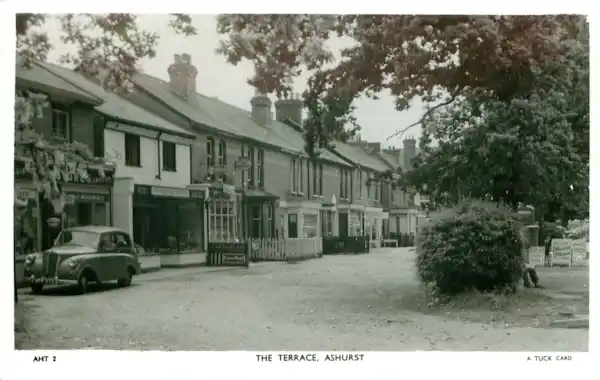05 January 2023
|
David Annal explains why, when it comes to exploring the English and Welsh censuses, putting your findings into context can really enrich your research.
A census of England and Wales has been taken every ten years since 1801 with the exception of 1941 when the country was focussed on other matters.
The returns for each of the decennial censuses from 1841 to 1921 are available and all of them can be searched and viewed online.
Context is vital in all sorts of historical research and when it comes to census returns we can look at this in two ways:
1 The physical and administrative aspect
First of all, there’s the physical and administrative aspect. How many family historians who have only ever known online research are aware of the introductory pages which precede each and every enumerator’s summary book? These pages include essential information about the district being enumerated:
- a description of the area (the names of the streets or the hamlets or other small settlements covered);
- he (printed) instructions to the enumerator on how to complete the entries together with a page of examples
- a summary of the civil parishes or townships covered
- an abstract of the totals from each page of the book
- and finally the signatures of the enumerator, the registrar and the superintendent registrar
2 The geographical and social context
And then there’s the geographical and social context to consider. If you only look at the entry relating to your family you don’t get any feeling for the sort of place they were living in. Was it urban or rural? What sort of social class were they? What occupations or trades were the neighbours involved in?
In the pre-digital era, every census search was carried out starting with an address – which might have been something as precise as an exact address (house number and street) but may have been no more than the name of a town. Researchers of a certain vintage (myself included) spent a lot of our time winding through microfilms, looking at page after page, desperately hoping to find a particular person.
Text extracted from an in-depth study of the census for family history, published in the February 2023 issue of Family Tree. Get your copy here.
About the author
David Annal has been involved in the family history world for more than 30 years and is a former principal family history specialist at The National Archives. He is an experienced lecturer and the author of a number of best-selling family history books, including Easy Family History and (with Peter Christian) Census: The Family Historian’s Guide. David now runs his own family history research business, Lifelines Research.








